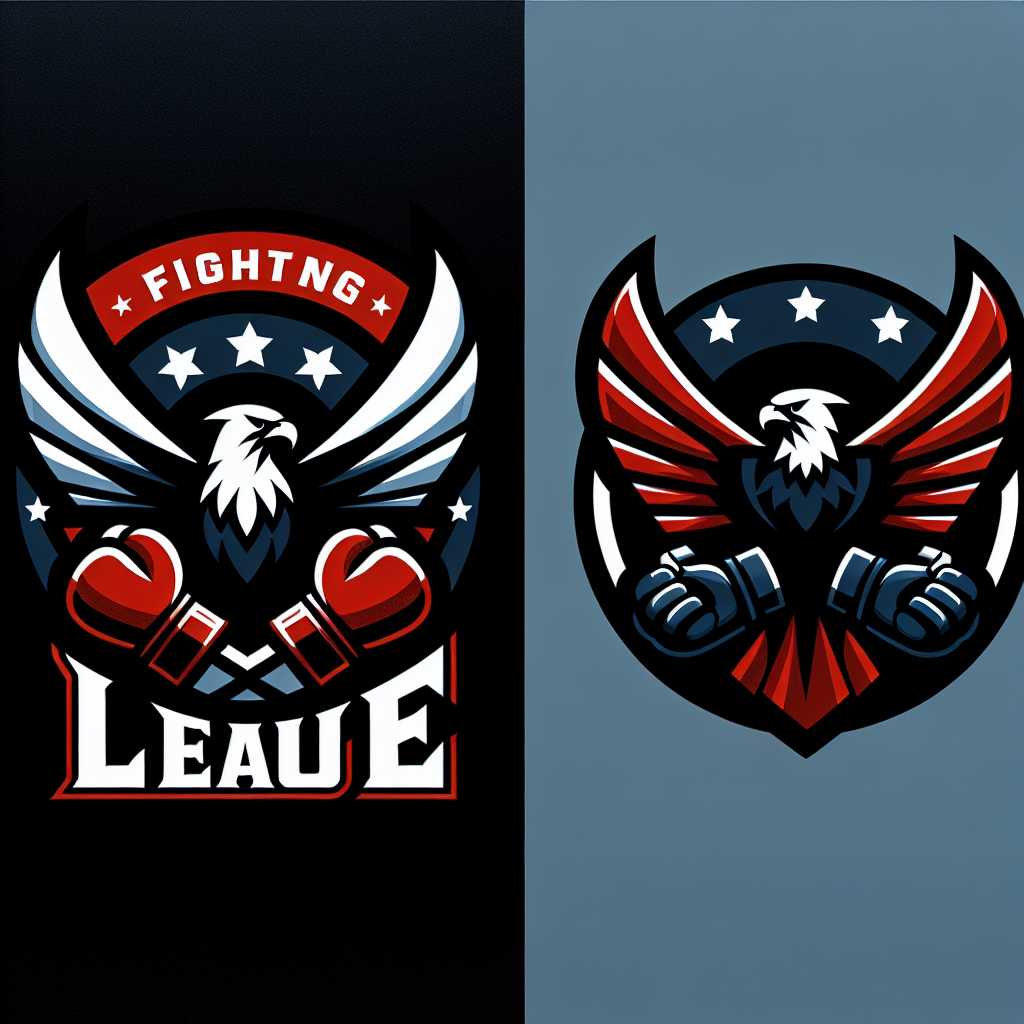# Comparative Analysis of PFL and Bellator MMA: An In-Depth Look into Two Major Combat Sports Promotions
Mixed Martial Arts (MMA) is a fast-growing sport with various promotion companies competing for audience attention and athlete talent. The Professional Fighters League (PFL) and Bellator MMA are two renowned organizations, each having a unique approach to the presentation of MMA. This article conducts an in-depth comparison of these entities, discussing their history, structuring, fighters, business models, and public perception.
History of PFL and Bellator MMA
PFL came into existence, branded initially as World Series of Fighting (WSOF) in 2012. It was after a rebranding and restructuring in 2018 that PFL launched its current format. PFL distinguished itself by introducing a regular-season, playoffs, and championship structure akin to traditional North American sports leagues.
Contrastingly, Bellator was established in 2008, earlier than PFL. Founded by Bjorn Rebney, Bellator capitalized on the tournament-based fight structure which resonated with fans who enjoyed the suspense of the format. Now owned by media conglomerate ViacomCBS, Bellator organizes events worldwide, featuring fighters that compete in an MMA-style that isn’t far removed from the bigger MMA leagues like UFC.
Promotional Structure and Fighter Compensation
PFL’s unique selling point is its format that offers fighters a set schedule of fights, seasonal competition leading to a playoff system, and the grand finale—the PFL Championship—where individual season winners can earn a million-dollar prize. This structured format contrasts sharply with most MMA promotions, including Bellator, where fighter schedules can be irregular and fight cards arranged based on rankings or perceived marketability.
Bellator pursues a more traditional approach to fight organization with bouts determined by fighter rankings and title-shot relevance. While tournaments still occur within Bellator, most matched fights decide contendership and championships outside of any seasonal context. They’re known for offering competitors significant discretion in their advancement through the ranks compared to PFL’s fixed schedules.
Fighter Roster and Talent Development
One critical aspect between the two promotions is roster depth and talent development. Initially, Bellator was seen as a stepping stone for fighters aspiring to make it to UFC. However, over the years, they have managed to retain a strong roster of talent including well-known athletes like Ryan Bader and Patrício “Pitbull” Freire.
In contrast, PFL’s roster has rapidly grown over the last few years; they’ve signed renowned fighters like Rory MacDonald and Kayla Harrison while also focusing on providing a platform for upcoming talent. What stands out for the PFL is its recruitment from a global pool of fighters enhancing diversity in styles and techniques showcased during events.
Business Models and Commercial Success
Financially, both Bellator and PFL strive to offer competitive remunerations to attract talented fighters but take different approaches in terms of revenue generation. Bellator focuses heavily on building superstars with marketable personas to draw PPV (Pay-Per-View) sales and create major headline events. This superstar-centric approach helps rake in sponsorship deals and partnerships echoing more extensive sports entertainment aspects familiar from organizations like WWE or UFC.
PFL counterparts generate revenue predominantly through traditional sports broadcasters and have formed partnerships with them like ESPN to showcase their regular season playoffs. The league format brands itself as more closely aligned with fair sports competition rather than superstar building. It is yet to match the PPV success of Bellator but relies on steady broadcast income.
Public Perception and Industry Impact
In terms of public perception, each organization eyed different strongholds within MMA fandom: PFL clearly aims for sports purists who appreciate a regimented competition format while Bellator skews more towards fans enjoying narrative-style combat sport representations focusing on fighter personalities.
Nonetheless, both have made significant industry contributions – Bellator for its role in taking high-value MMA across global markets, thriving even in non-UFC dominated spaces; PFL for presenting an alternative template of how fight sports can be structured and consumed.
Notes
Image description: Two logos side by side – on the left is the Professional Fighters League (PFL) logo characterized by bold letters against a black backdrop; on the right is the circular red and blue logo of Bellator MMA featuring an eagle silhouette spreading its wings above two raised boxing gloves.
